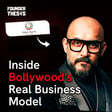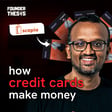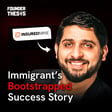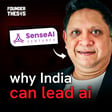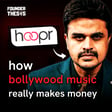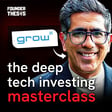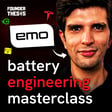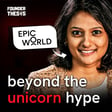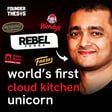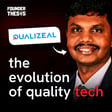
Rajeev Raja on Turning Sound into a Growth Moat
How do brands grow using the power of sound?
In this episode, Rajeev Raja reveals how BrandMusiq created the sonic identities for Mastercard, 7Up, and dozens of global brands.
Rajeev Raja is the founder of BrandMusiq, Asia's first sonic branding agency that's redefining how brands connect emotionally with consumers through strategic sound design. In this conversation with host Akshay Datt, Rajeev shares his unconventional journey from being National Creative Director at DDB Mudra and a professional jazz flautist to pioneering an entirely new category in India's advertising landscape.
Rajeev breaks down the science and art of sonic branding, from understanding Indian classical Navarasas to leveraging AI for scalable sound production, while revealing the capital-efficient playbook that helped him build a bootstrapped agency serving Fortune 500 clients.
In this episode, you'll learn:
👉How Rajeev Raja built BrandMusiq into Asia's leading sonic branding agency without venture capital funding
👉The difference between jingles and strategic sonic identity systems, and why brands need MOGOs in the audio-first economy
👉Inside BrandMusiq's proprietary MUSE framework that turns brand personality into emotionally resonant sound
👉Why sonic branding delivers 8.5x more effectiveness than visual-only advertising and drives measurable brand trust
👉How AI is transforming music creation for brands while human creativity remains irreplaceable for emotional connection
👉Real-world pricing and business models, from several hundred thousand dollar global deals to startup-friendly licensing options
#AudioMarketing #BrandIdentity #SonicIdentitySystem #AdvertisingIndustry #CreativeEntrepreneurship #AudioFirstBranding #MumbaiStartups #SoundBrandingAgency #FounderStory #PodcastSonicIdentity #AIMusic #MusicBranding #indianadvertising
Disclaimer: The views expressed are those of the speaker, not necessarily the channel



